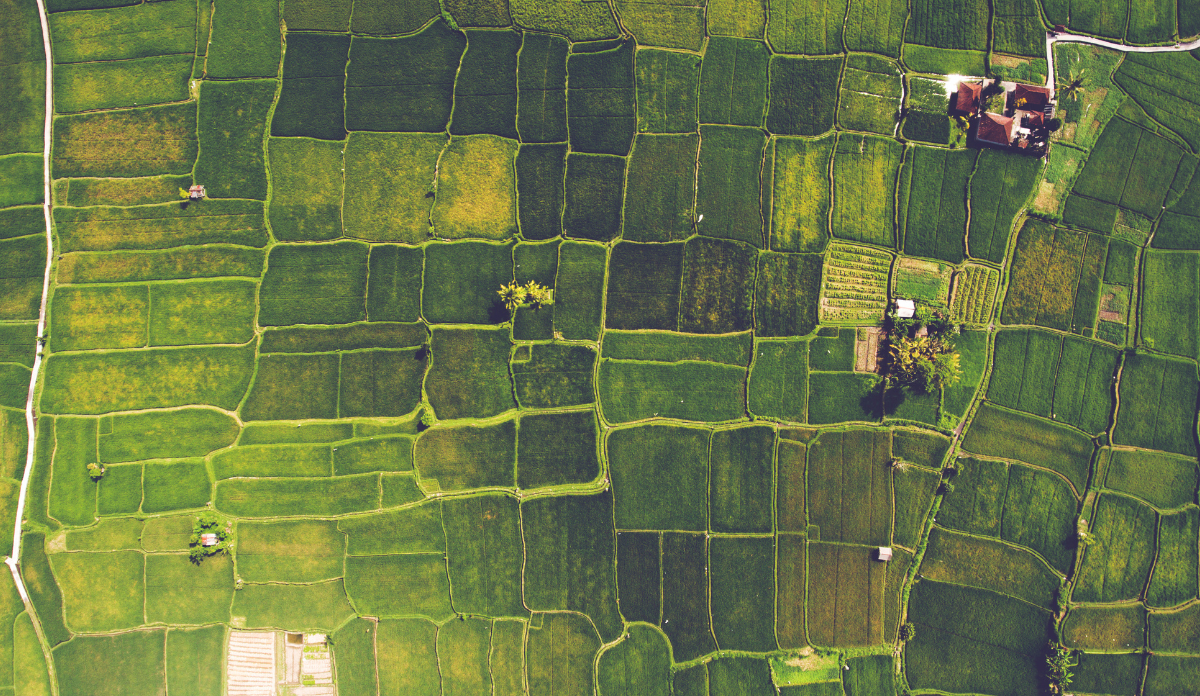The COVID-19 pandemic saw telehealth visits increase rapidly, from virtually 0% in early 2020 to 17% of outpatient medical care just months later. Although these rates have since decreased, telehealth remains more common than before the emergence of COVID-19.
The good news? Telehealth is a viable and convenient alternative to in-person visits, with some patients now preferring telehealth.
The bad news? Not all patients have access to reliable internet, impeding easy access to online medical care and information. Thirty-two percent of U.S. households do not have a computer with high-speed internet, and 21% do not have a smartphone with a data plan. Internet subscription rates are lower in vulnerable communities, such as those with limited English, with lower incomes, and living in rural areas.
This digital divide also impacts transient populations like migrant and seasonal farmworkers. Because these farmworkers travel widely to obtain seasonal jobs, they rely on employer-provided housing while working. In North Carolina alone, however, one-third of farms do not provide internet. As a result, the farmworkers became especially isolated and disconnected from urgent health care and medical information during the pandemic.
To address the urgent need for internet access, the North Carolina Farmworker Health Program launched their Internet Connectivity Project. This project began as an emergency service to reach migrant and seasonal farmworkers. Leslie E. Cofie and colleagues evaluated the project’s impact.
The project featured 3 strategies to improve internet connectivity in geographically isolated areas. The first involved lending mobile hotspots. Community health workers distributed devices at the beginning of the project and trained farmworkers to use hotspot audio and video connections. They collected the devices at the end of the season. They placed 424 hotspots, serving 2,042 users.
Second, they reimbursed internet service set-ups. Growers received reimbursements for qualifying purchases (i.e., routers, infrastructure, and service plans). They reimbursed 10 farms that set up internet for 21 housing units, serving 643 users.
The final strategy created an internet hub by placing a fixed rugged cellular network router and antenna in a centralized location within the housing unit. This option provided internet to a greater number of devices than hotspot lending, without having to set up a wired connection. They placed 14 hubs across 7 farms, serving 499 users.
Ultimately, the program served more than 3,000 farmworkers across the state, through more than 400 devices. Cofie and colleagues conducted qualitative interviews with farmworkers, community health workers, and farm owners/managers participating in the program. Interviewees discussed using the internet to “find information about taking care of yourself,” complete telehealth visits with providers, and connect with or help family members. Farmworkers especially underscored the program’s success in increasing online access, noting that this was the first time they had internet in these areas.
The evaluation highlighted notable success with the hotspot strategy. Hotspot lending proved to be the easiest method to set up and was also the most-cost effective method at $39.99 a month. In comparison, hubs cost more than $2,400 (materials, installation, monthly internet services), and grower reimbursement cost $1,000 per housing unit. Reimbursing growers proved to be especially challenging due to the lack of existing broadband infrastructure.
Developing the necessary infrastructure remains one of the largest barriers to closing the digital divide. But the authors noted that identifying specific internet providers and negotiating prices for the state can help. They also stressed that establishing strong relationships with community health workers and growers is key to effectively promoting digital equity.
Ultimately, this program demonstrated that there are successful strategies for growing internet connectivity (and therefore communication) for isolated communities. By providing internet access, this project increased the autonomy of the farmworkers, who were able to search for medical care and information more readily.
Photo via Getty Images














